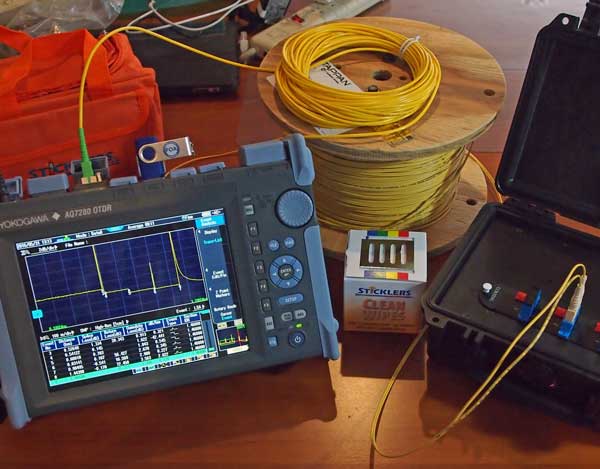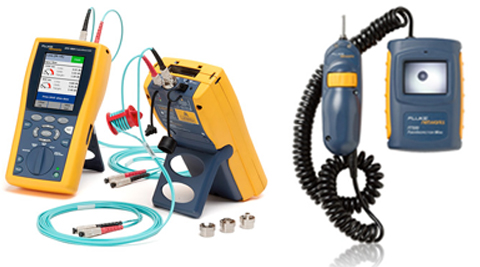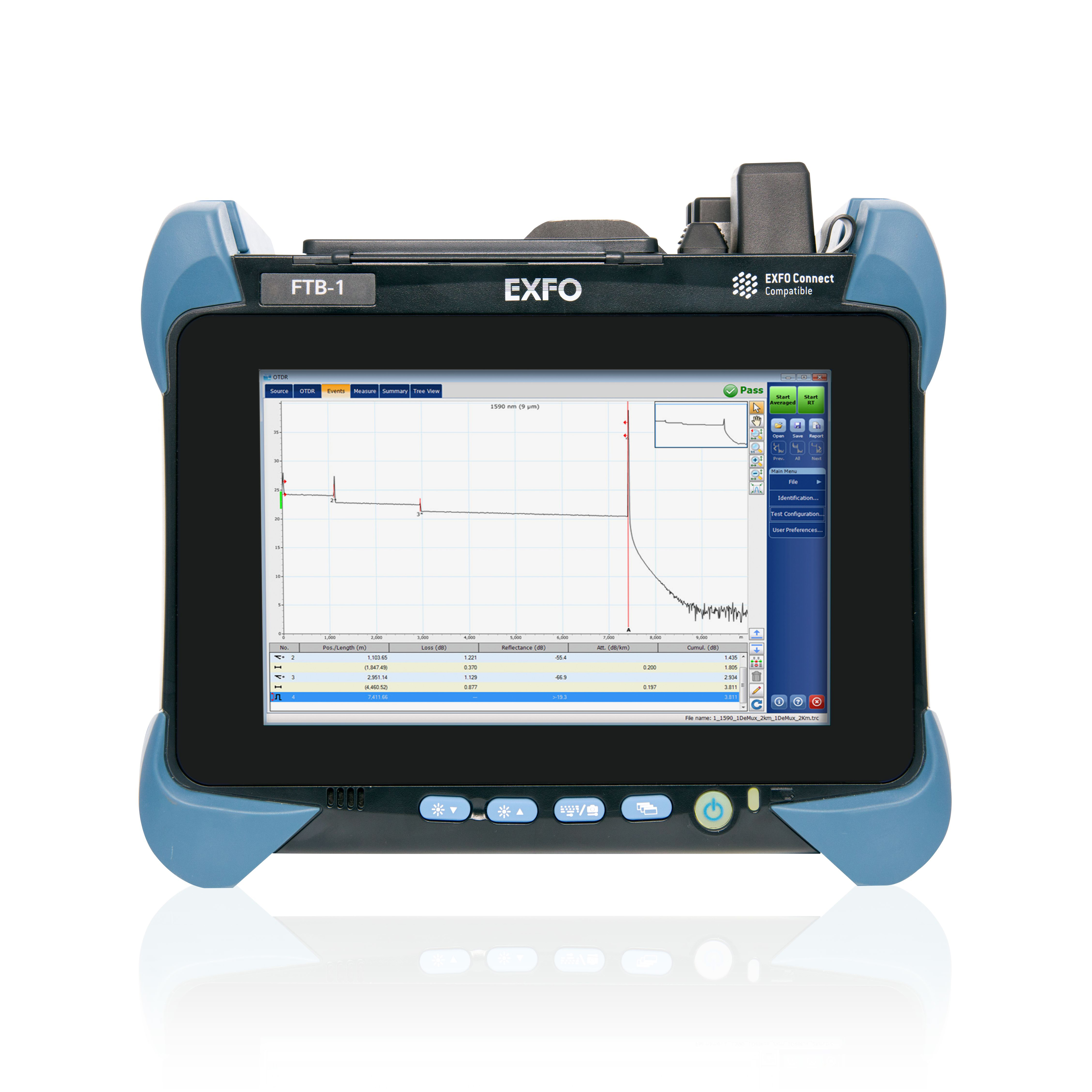A Comprehensive Guide to Optical Measurement System for Fiber Analysis
When it pertains to fiber analysis, understanding optical measurement systems is important for evaluating efficiency and guaranteeing high quality. You'll discover important techniques like interferometry and spectroscopy, which aid you gauge crucial criteria. There's even more to it than simply these methods; grasping attenuation measurement strategies can considerably affect your network's performance. As you browse via this guide, you'll reveal insights that can transform your technique to optical fiber.
Comprehending Optical Measurement Equipments
When you explore optical dimension systems, you'll uncover they're crucial for assessing fibers with accuracy. These systems use light to assess numerous characteristics of fibers, including size, refractive index, and uniformity. By using methods like interferometry and spectroscopy, you can obtain important insights right into the fiber's properties.You'll locate that these systems are developed to reduce mistakes and improve precision, ensuring reputable information for your analysis. Different arrangements, such as single-mode and multi-mode systems, accommodate details fiber kinds, enabling you to choose the ideal suitable for your needs.Moreover, the assimilation of innovative software application devices assists you interpret the data efficiently, making it less complicated to determine any incongruities or defects. As you check out deeper into these measurement systems, you'll value just how they improve the analytical process and boost the general top quality of fiber production and testing.
Key Criteria for Fiber Analysis
Key criteria for fiber analysis play an important function in figuring out the top quality and performance of fiber optics. When you review a fiber, you'll desire to focus on attributes such as depletion, transmission capacity, and modal diffusion. Depletion determines the loss of signal stamina as light travels via the fiber. A reduced depletion worth suggests better high quality and longer transmission distances - fiber measurement.Bandwidth describes the data-carrying capacity of the fiber and is essential for high-speed interaction. You'll require to evaluate the data transfer to guarantee it fulfills your application demands. Modal diffusion, which arises from the various speeds at which light trips with numerous modes in multimode fibers, impacts signal quality
Techniques for Attenuation Measurement

Transmission capacity and Its Effect on Performance
Understanding transmission capacity is important for maximizing fiber performance, as it directly affects the amount of data that can be sent over a network. Greater transmission capacity means you can send more info all at once, permitting for faster communication and far better general efficiency. When you're collaborating with fiber optics, it's essential to think about just how transmission capacity connects with fiber characteristics, such as core size and material properties.If the bandwidth is restricted, you might experience data loss or slower rates, influencing your applications. Furthermore, different sorts of fibers can support differing bandwidth levels, so it's vital to select the appropriate fiber for your particular needs.You should also maintain in mind that environmental elements, like temperature and outside interference, can impact bandwidth. By understanding these facets, you can make educated choices to boost your fiber optic systems, making sure trusted and effective data transmission.
Refractive Index Measurement Techniques

Overall Inner Reflection
Total inner reflection (TIR) functions as an essential concept for gauging the refractive index of fibers. When light trips from a denser tool to a much less dense one, it can just be completely mirrored if the angle of occurrence goes beyond a details threshold, called the critical angle. This phenomenon enables you to figure out the refractive index by examining the angles at which light mirrors or refracts. By making use of an arrangement that routes light right into a fiber and gauges the resulting angles, you can compute the refractive index accurately. Recognizing TIR not only improves your fiber evaluation yet also boosts the design and performance of optical systems. So, leveraging TIR can cause more effective fiber-based applications.
Interferometric Techniques
Building on the principles of complete inner representation, interferometric strategies supply a powerful methods for measuring the refractive index of fibers with high precision. These methods manipulate the disturbance patterns produced when beams split and recombine after traveling various paths. You can use configurations like the Michelson or Mach-Zehnder interferometer to evaluate stage changes brought on by modifications in refractive index. By meticulously calibrating your system and examining the resulting fringes, you can determine the refractive index with impressive accuracy. It's critical to keep steady ecological conditions to reduce fiber measurement errors. With these strategies, you'll boost your understanding of fiber residential or commercial properties, resulting in better performance in various applications, from telecommunications to sensor technology.
Modal Diffusion and Its Significance
Modal diffusion describes the dispersing of light pulses as they take a trip with a fiber, which can impact the general efficiency of the system. You'll see that this phenomenon can cause indicate distortion, influencing data transmission rates and quality. Understanding its significance is essential for maximizing fiber optic styles.
Definition of Modal Dispersion
In fiber optics interactions, modal diffusion plays a significant role in establishing signal quality and transmission speed. It happens when various light settings take a trip at varying rates through the fiber. Considering that each setting has unique paths and attributes, they can come to the obtaining end at different times. This moment difference can cause signify spreading and distortion, which can deteriorate the total performance of the communication system. You might encounter modal dispersion largely in multimode fibers, where the multiple courses of light aggravate the concern. Recognizing modal diffusion is necessary for optimizing fiber designs and guaranteeing that your communication systems run efficiently, keeping the stability of the transmitted signals over longer ranges.
Impacts on Fiber Performance
Understanding modal diffusion assists highlight its results on fiber performance. This phenomenon happens when various modes of light travel at differing speeds within the fiber, causing signal spreading over time. As you analyze optical fibers, you'll observe that raised modal dispersion can significantly weaken signal top quality, resulting in minimized bandwidth and longer transmission distances. In sensible terms, this suggests your information can get here distorted or postponed, influencing overall interaction effectiveness. To minimize these results, you may think about utilizing single-mode fibers, which minimize modal dispersion. By picking the best fiber kind and comprehending how modal dispersion influences performance, you can boost transmission quality and guarantee reliable data transfer in your optical measurement systems.
Devices and Technologies for Optical Measurements
When it concerns optical dimensions, several cutting-edge tools and innovations are at your disposal to boost fiber analysis. You'll discover fiber optic testers, which evaluate signal top quality and performance, vital for maintaining ideal network efficiency. Optical time-domain reflectometers (OTDRs) are critical for finding mistakes and determining loss over distances, giving comprehensive insights right into fiber honesty. Furthermore, spectrometers can analyze light ranges, aiding you identify material properties and composition.Don' t overlook the relevance of imaging systems, like digital microscopic lens, that allow you to visually examine fiber surfaces for flaws. Consider making use of polarization analyzers to determine anxiety and stress in fibers, which is important for comprehending their behavior under different problems. By leveraging these tools and modern technologies, you can considerably enhance your fiber analysis procedures, guaranteeing dependability and high efficiency in your optical networks.
Regularly Asked Inquiries
What Are the Prices Related To Optical Measurement Equipments?
The costs related to optical measurement systems can differ substantially. You'll need to review equipment rates, upkeep charges, software program licenses, and potential training expenditures. Budgeting very carefully will assist you avoid unforeseen monetary challenges down the line.

Exactly How Typically Should Fiber Analysis Be Done?
You ought to perform fiber analysis frequently, typically every 6 months or after significant modifications in the environment (optical fibre diameter analyzer). This guarantees excellent performance and aids determine possible problems prior to they affect your system's performance and integrity
Can Optical Measurement Equipments Be Calibrated in the house?
Yes, you can adjust optical measurement systems at home, yet it calls for precision. Ensure you comply with the maker's standards, make use of appropriate calibration requirements, and ascertain your outcomes to assure precision in your dimensions.
What Industries Generally Use Optical Measurement Solutions?
You'll locate optical measurement systems commonly used in industries such as telecommunications, production, medical care, and study. They're necessary for quality assurance, fiber evaluation, and ensuring specific measurements in various applications, boosting effectiveness and accuracy throughout sectors.
Are There Any Safety And Security Worry About Optical Measurement Systems?
Yes, there are security interest in optical dimension systems. You ought to constantly put on safety eyeglasses to shield your eyes from intense light sources and guarantee proper training to handle tools safely and avoid mishaps.